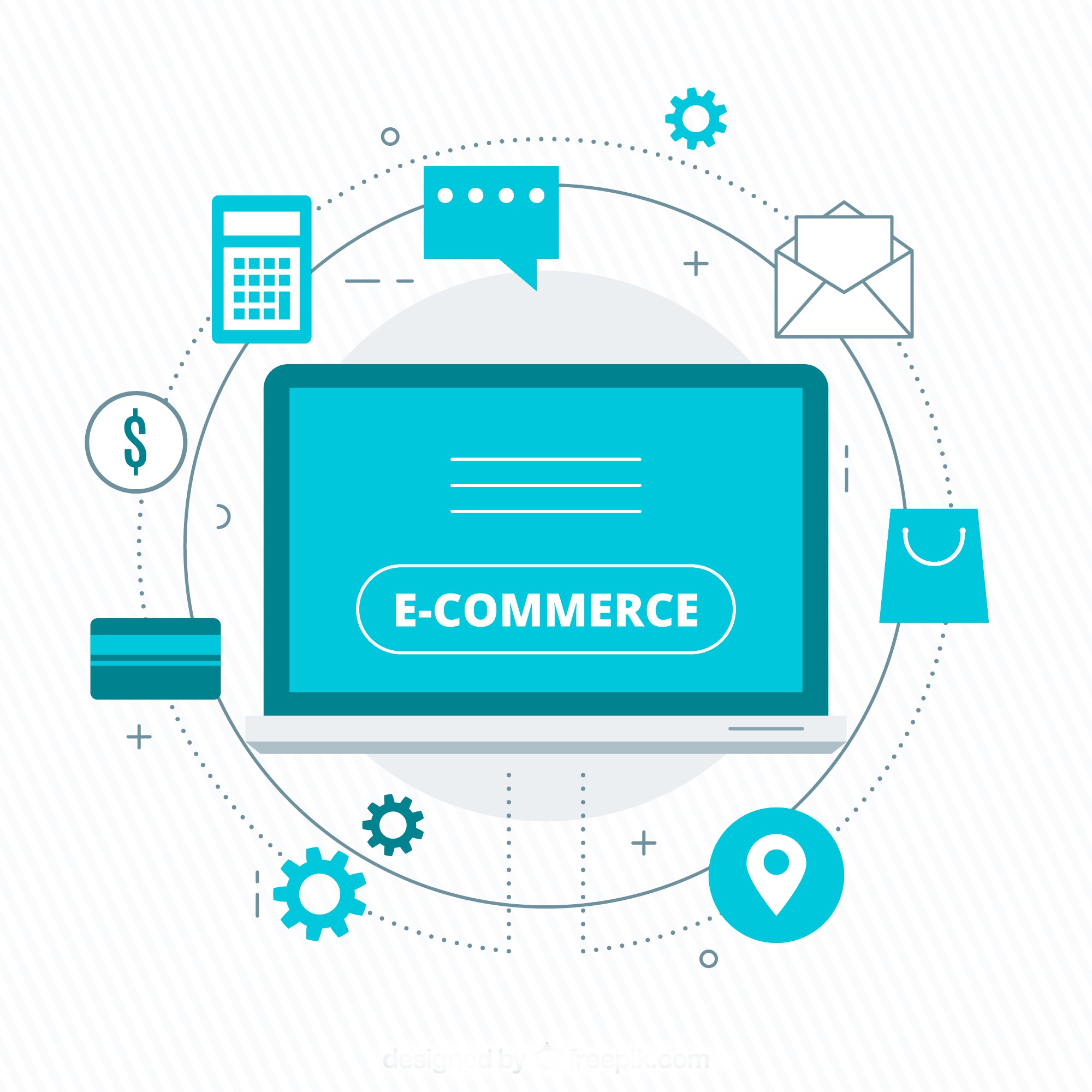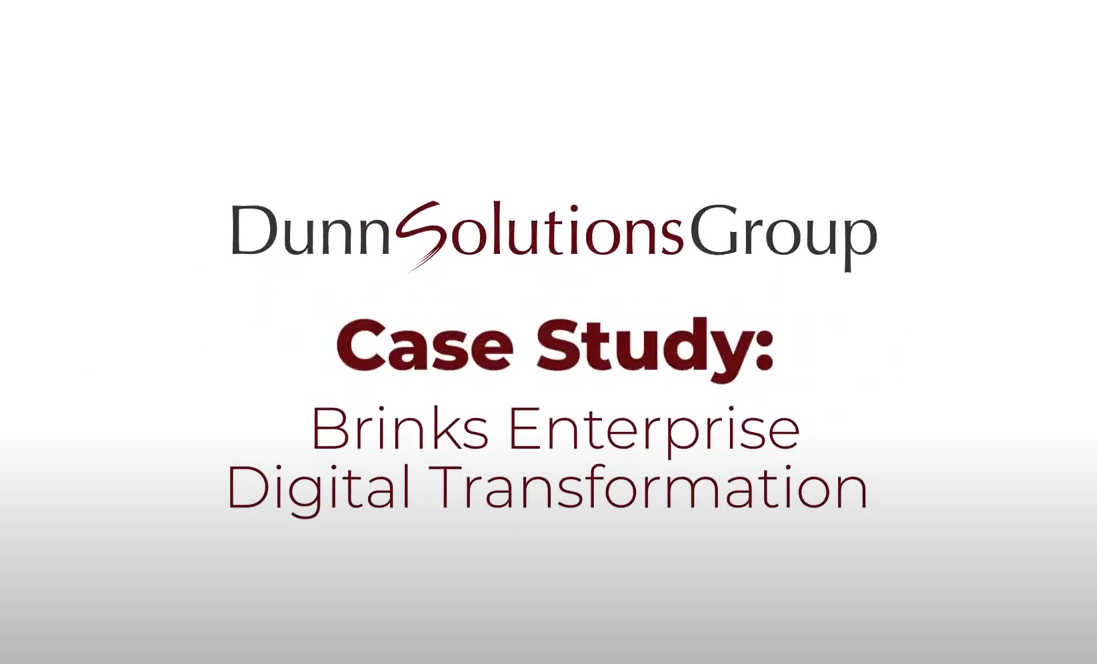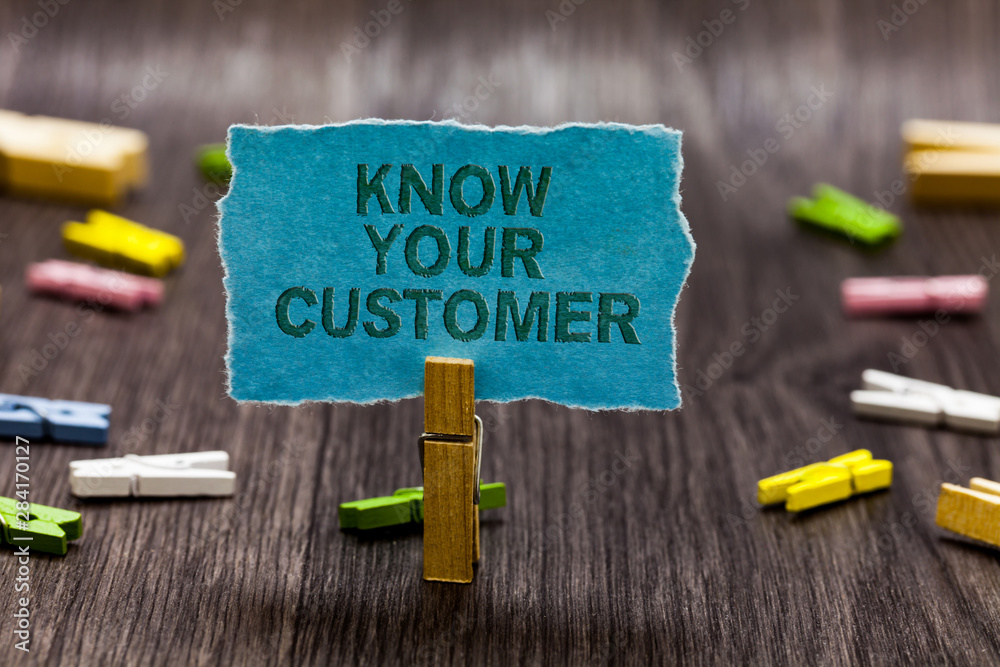
Bill Dunn
1 Year Ago
Whether you are starting a new e-commerce initiative or wanting to super-charge the one you have operating it is important to remember that the shopping cart is only one part of the solution. To successfully drive more revenue e-commerce merchants, have to remember to tackle these 3 equally important components of e-commerce strategy.
Customer Acquisition Automation
“If you build it, they will come” is a good line from a movie, but in real life customers will not be magically drawn to your web presence. An inbound and outbound marketing strategy is required to let potential customers know about your products and services and move them from awareness to consideration. Key to managing all this is marketing automation (note: Dunn Solutions implements these types of products) because it is practically impossible to deliver a personalized email campaign – key word: personalized – manually. Today’s modern marketing automation packages let you score web visitors based on page views, purchases, category views and more, allowing you to tailor your offers and messages so that hit the mark with customers. Email “blasts” won’t do the trick.

Robust E-Commerce Platform
This is the obvious one, but what does “robust” mean? From my point of view, it should be a platform that allows the ecommerce manager to easily react to changing market conditions without needing to call a programmer every time. Must have features should include the ability to create many types of promotions, personalization of content and offers to customers based on what segment they are in, a robust product catalog, and integrated content management system. For B2B customers the ability to have customer specific pricing, handle quotes, and accept purchase orders as well as credit cards is key. The real expense of an e-commerce platform is not the cost of the software – it’s the implementation! Integration, import and creation of content, training of personnel will all cost many times more than the software. Therefore, it is important to think about a platform that will continue to service your customers over many iterations – not just version one.
Data, Data, Data
Typically, when talking about “analytics” e-commerce managers believe that it starts and ends with Google. But that is far from the truth. Google analytics is great for tracking anonymous page views and even orders, but you won’t get that 360-degree view of your customers using only that data source. A robust data repository, and there are many ways to get one, will include data from your ERP, shipping, CRM, and web site. Having access to all these data points will allow you to create customer “models” which can help with pricing, marketing, and promotion. We work with our customers to create models to predict customer churn, what discounts to give to whom and when, and how much money to spend on advertising in each channel for the best ROI. Most e-commerce managers are Google rich but data poor when it comes to the whole picture. Incremental changes in spend or promotion can drive margin up by 15 to 25 percent.
Summary
Clearly there are lots of ways to improve and optimize your e-commerce site. The three elements we discussed should be a key part of your overall strategy. Dunn Solutions provides expertise in implementation and execution on all three, please keep us in mind as you continue your e-commerce journey.




